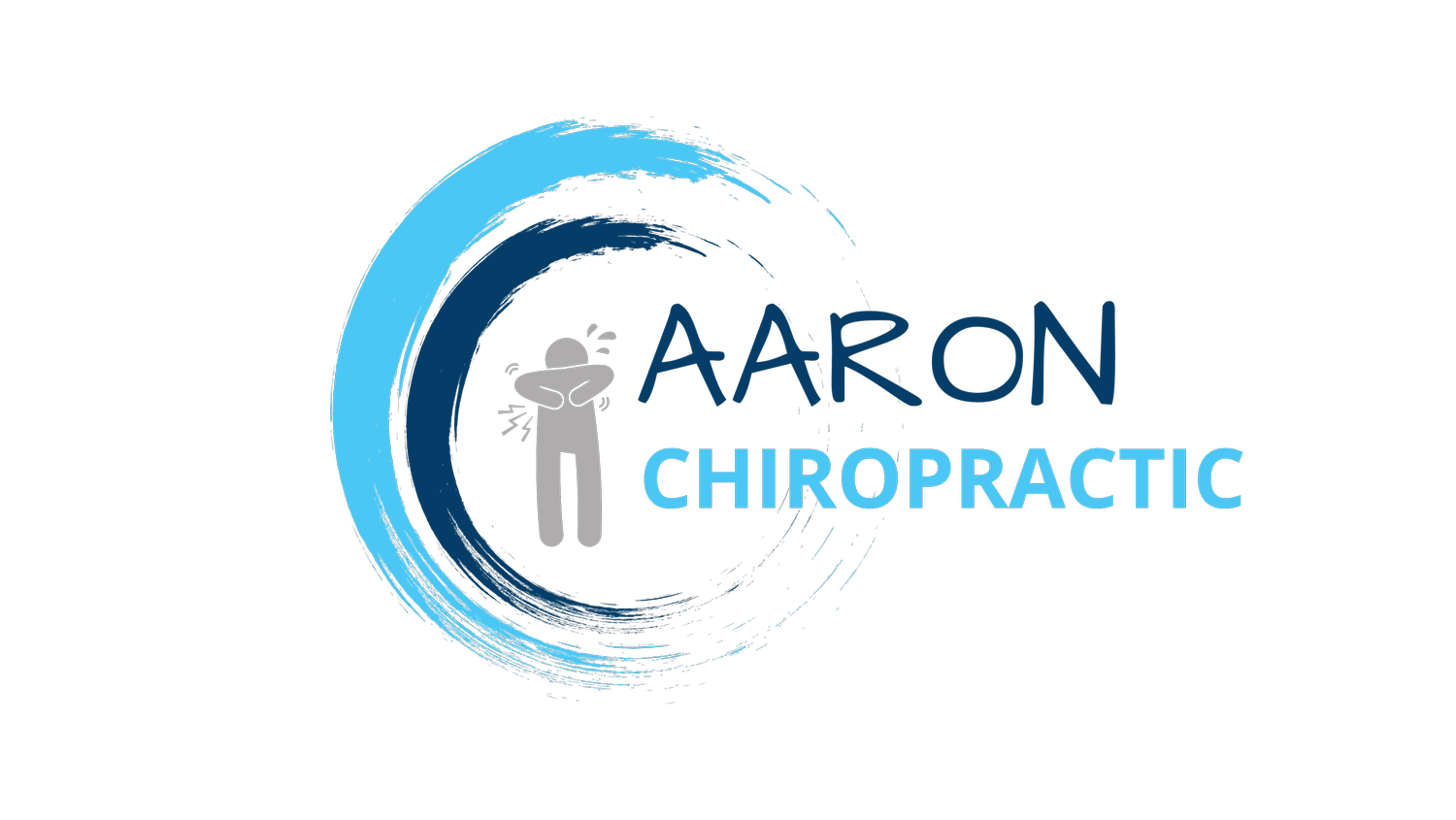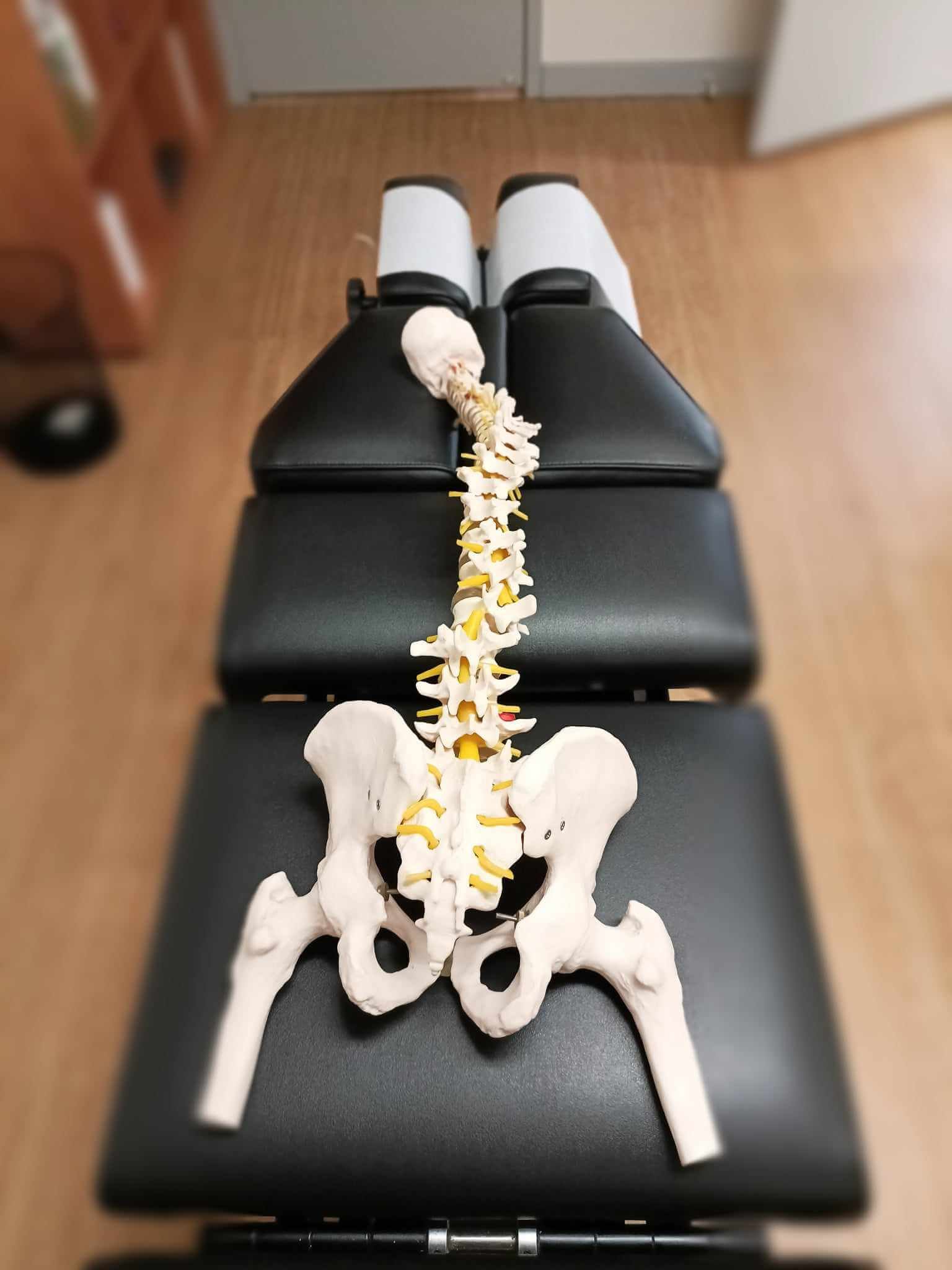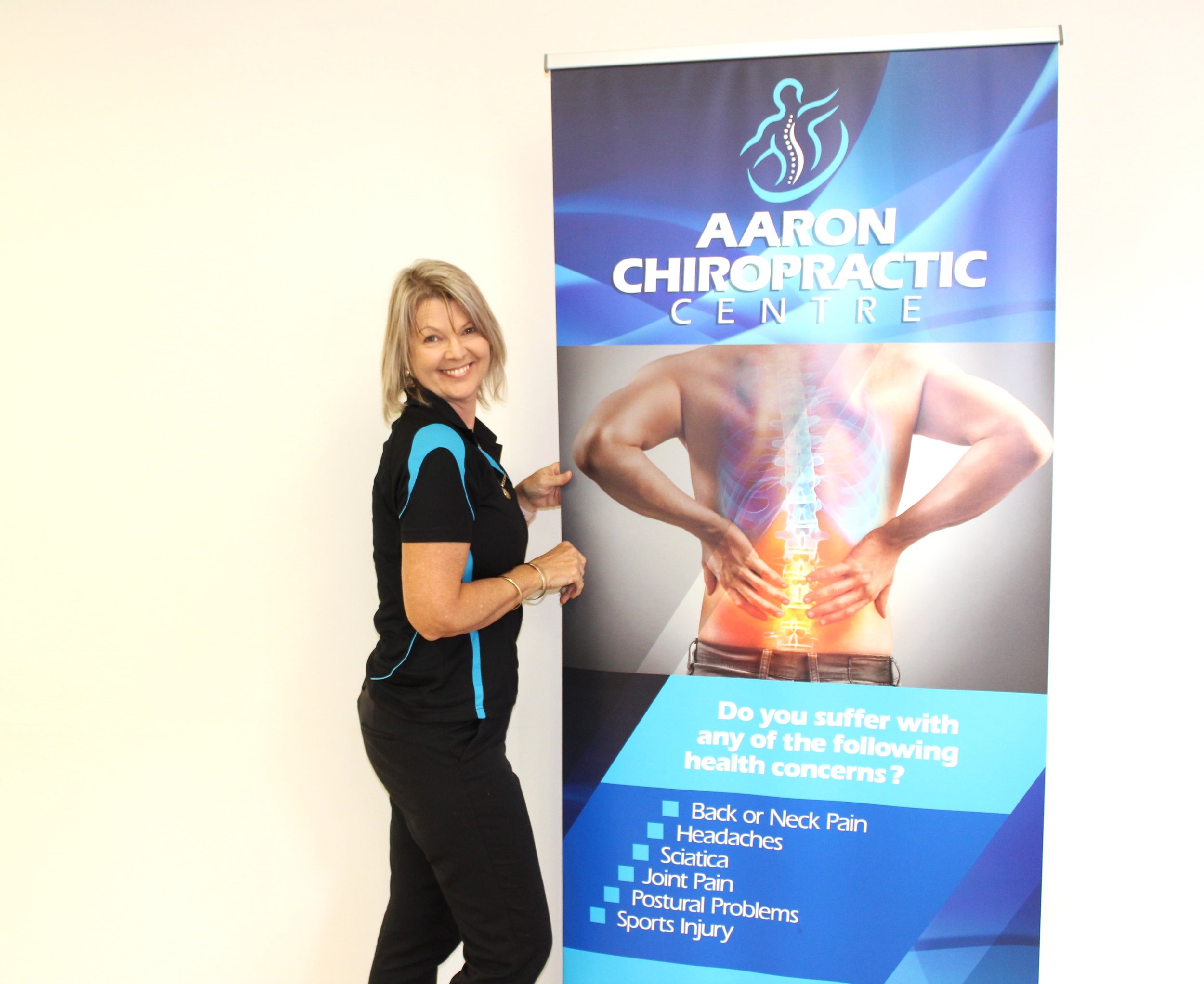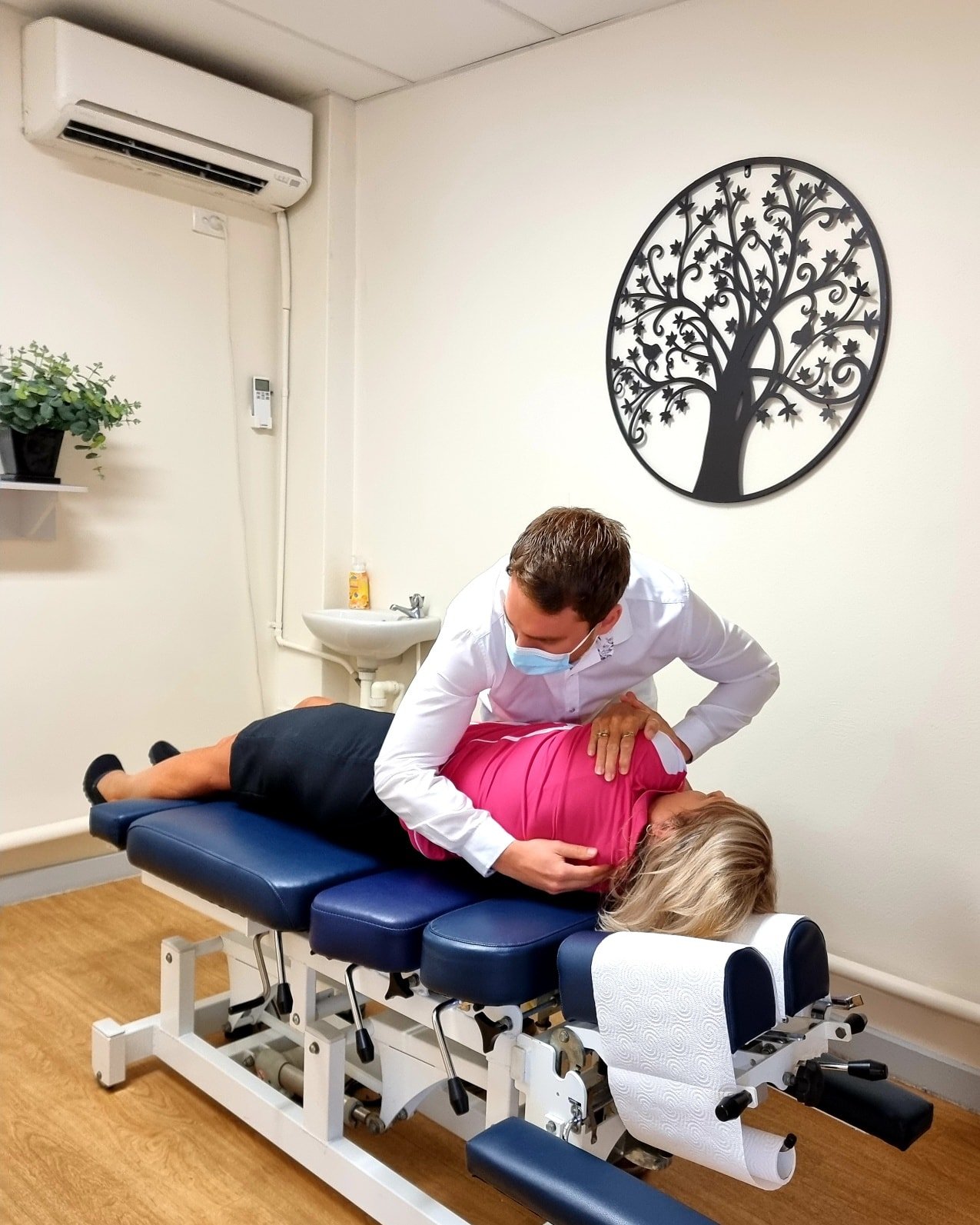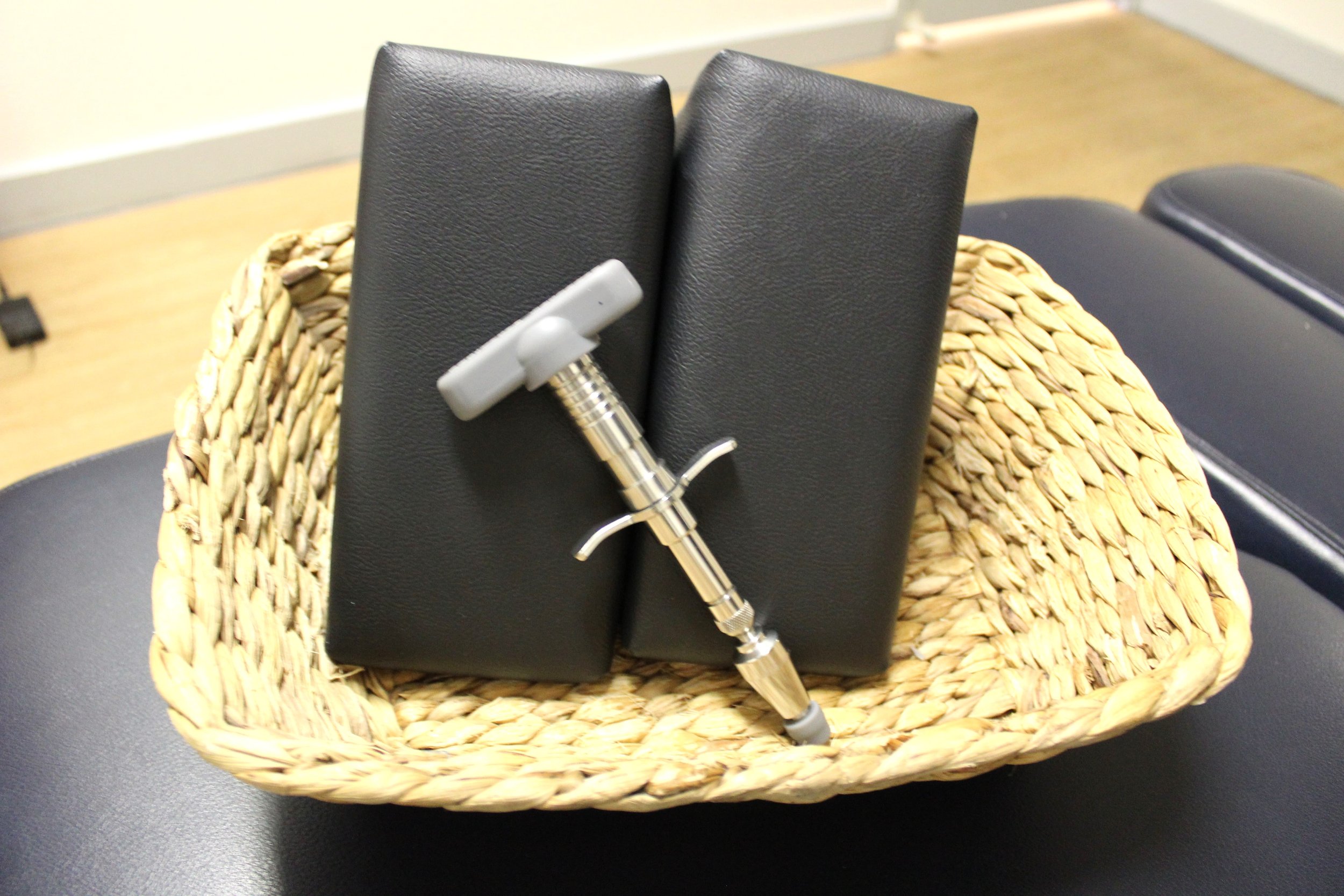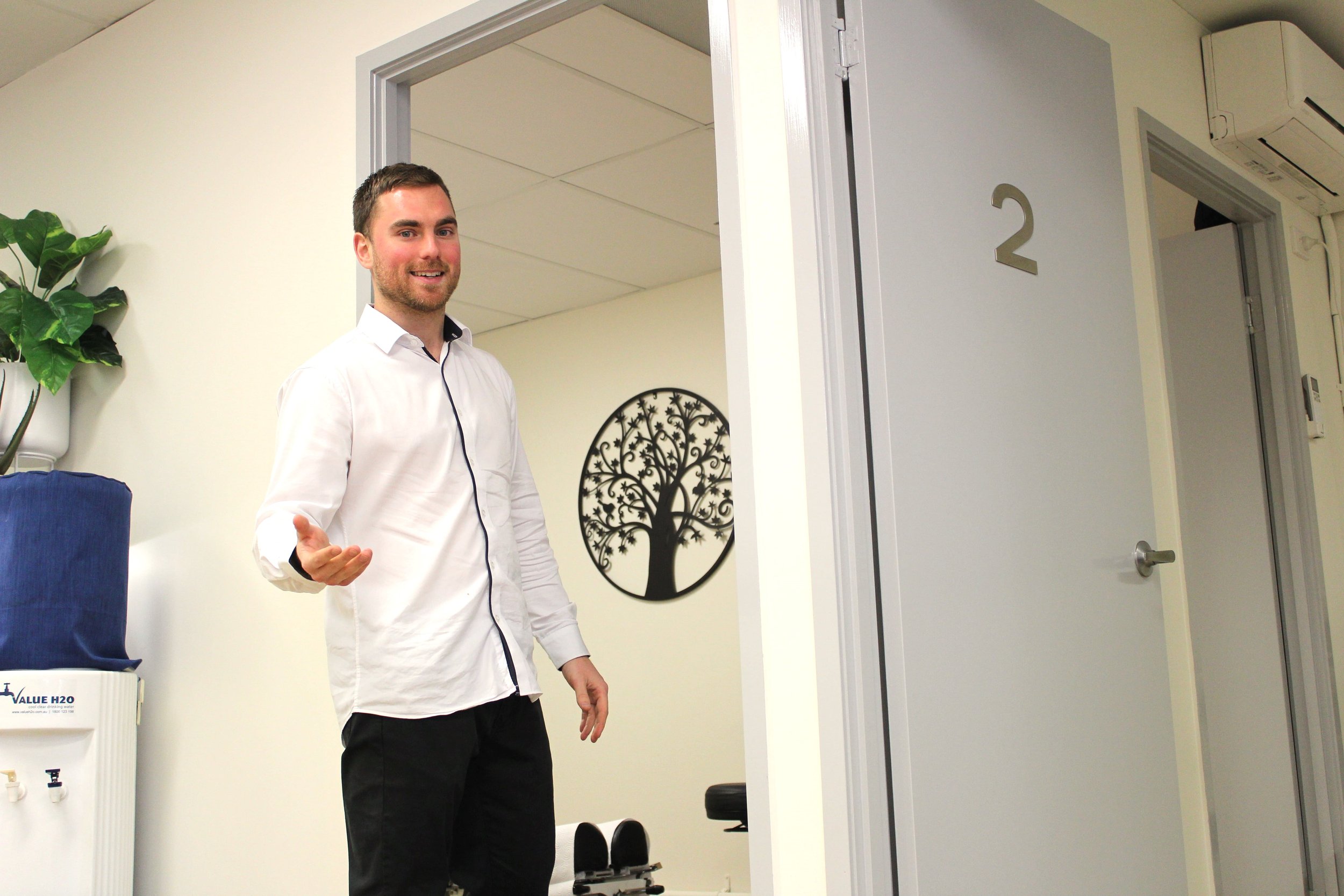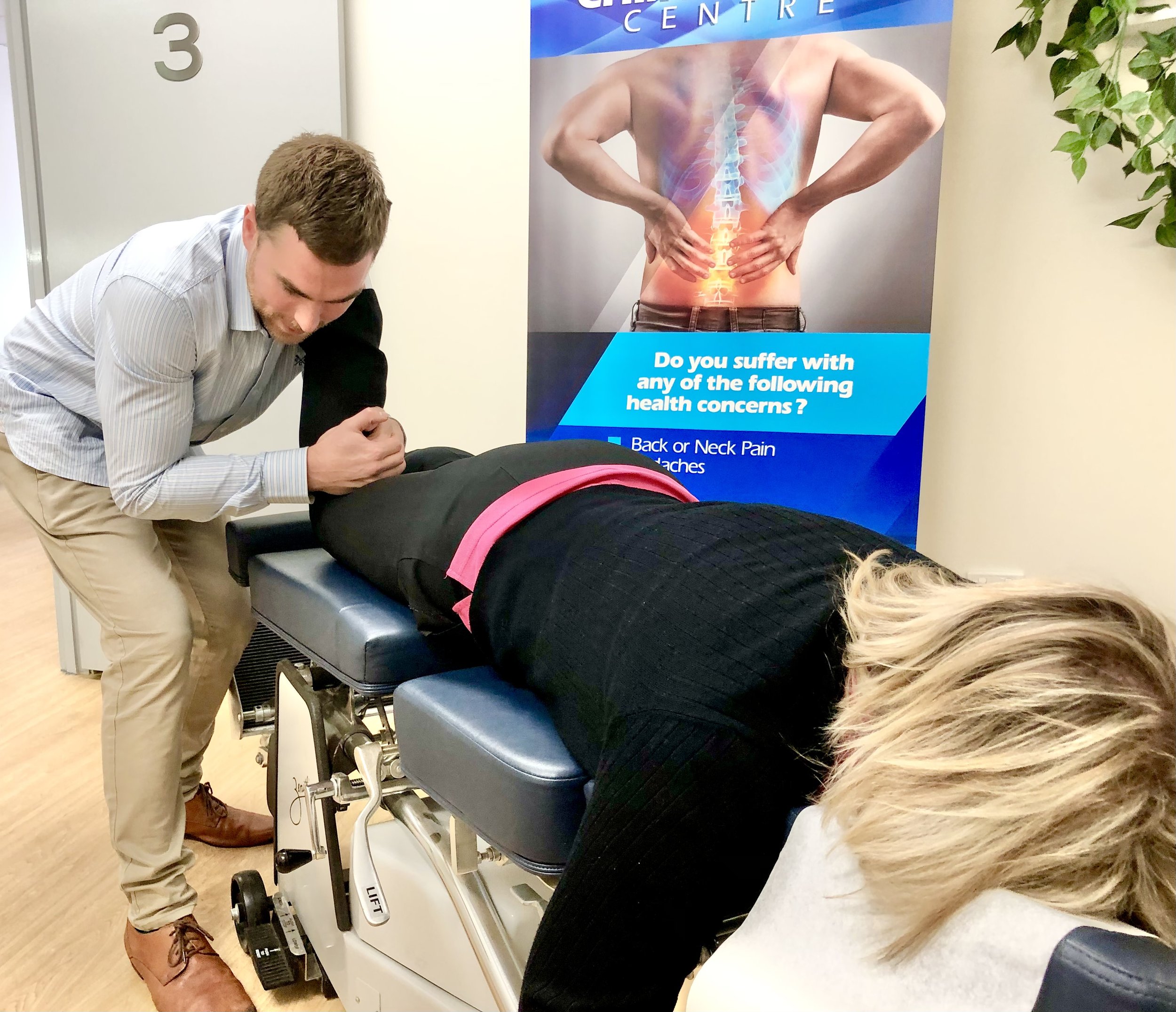Introduction:
Correct posture is often underestimated in its significance for overall health and well-being. We frequently associate good posture with mere aesthetics, but its benefits extend far beyond appearances. In this comprehensive guide, we will explore the importance of maintaining correct posture, backed by scientific studies and research. We'll delve into how proper posture impacts various aspects of our lives, from physical health to mental well-being and even our confidence.
The Basics of Correct Posture
What Is Correct Posture?
To understand the importance of correct posture, we first need to define what it means. Correct posture refers to the position in which you hold your body while sitting, standing, or lying down. It involves aligning the bones and muscles in a way that places the least strain on supporting structures.
The Anatomy of Posture
Let's explore the anatomy behind posture. Studies have shown that correct posture relies on the alignment of the spine, the positioning of muscles, and the balance of body weight. Research by the American Chiropractic Association emphasizes the role of the spine in posture, highlighting its importance in maintaining proper nerve function and overall health.
Physical Health Benefits of Correct Posture
Improved Musculoskeletal Health
Correct posture plays a crucial role in preventing musculoskeletal problems. According to a study published in the Journal of Physical Therapy Science, maintaining good posture can significantly reduce the risk of back pain, neck pain, and more. The study found that participants who improved their posture experienced a decrease in pain and an increase in overall quality of life.
Enhanced Breathing and Digestion
Research published in the Journal of Bodywork and Movement Therapies reveals that proper posture can lead to improved lung capacity. When you sit or stand with an upright posture, your lungs have more room to expand, allowing for deeper breaths.
The Psychological Benefits of Correct Posture
Mood and Confidence
Studies have consistently shown a link between posture and mood. A study conducted by researchers at Harvard University found that adopting a "power pose" (a confident, expansive posture) for just a few minutes can increase testosterone levels and reduce the stress hormone cortisol. This not only boosts confidence but also positively affects mood.
Mind-Body Connection
Correct posture can influence your mental state and the way you perceive yourself. Research published in the journal Health Psychology emphasizes the mind-body connection, showing that individuals with good posture tend to experience more positive emotions and higher self-esteem. This suggests that your posture can influence not only how others perceive you but also how you perceive yourself.
Correct Posture in Daily Life
Subsection 4.1: Office Ergonomics
Many of us spend long hours at our desks, which can take a toll on our posture. Several studies, including research published in the International Journal of Industrial Ergonomics, highlight the importance of proper office ergonomics. This includes adjusting chair height, monitor position, and keyboard placement to promote good posture and reduce the risk of musculoskeletal disorders.
Posture While Sleeping
Maintaining correct posture during sleep is crucial for spinal health. A study in the journal Spine Health recommends sleeping on your back with a supportive pillow to maintain spinal alignment. Additionally, the study suggests using a pillow between your knees when sleeping on your side to prevent hip and lower back strain.
Strategies for Achieving and Maintaining Correct Posture
Exercises and Stretches
Incorporating exercises and stretches into your daily routine can help improve and maintain correct posture. A study in the Journal of Physical Therapy Science suggests that regular stretching and strengthening exercises can enhance postural stability and reduce the risk of falls, especially among older adults.
Mindfulness and Posture Awareness
Mindfulness meditation can play a significant role in posture awareness. Research published in the Journal of Behavioral Medicine demonstrates that mindfulness techniques can improve posture by promoting body awareness and reducing muscle tension. Incorporating mindfulness into your daily routine can lead to better posture habits.
Section 6: Seeking Professional Guidance
Physical Therapy and Chiropractic Care
For those struggling with chronic posture issues or pain, seeking professional guidance is crucial. . Physical therapy can also provide personalized exercises and treatments to address posture-related problems.
Posture While Exercising
Maintaining proper posture during exercise is crucial for preventing injuries and maximizing the effectiveness of your workouts. Studies, such as one published in the Journal of Orthopaedic & Sports Physical Therapy, emphasize the importance of correct posture during strength training exercises to target specific muscle groups effectively and reduce strain on joints.
Posture in Aging Populations
As we age, maintaining correct posture becomes even more critical. Research in the journal Gerontology & Geriatric Medicine underscores the link between posture and functional independence in older adults. Maintaining good posture can help older individuals stay mobile, reduce the risk of falls, and maintain a higher quality of life.
Correct Posture and Technology
Screen Time and Posture
The proliferation of smartphones and tablets has led to concerns about "tech neck" and poor posture. A study published in the Journal of Physical Therapy Science suggests that excessive screen time, especially when looking down at devices, can contribute to neck pain and poor posture. Implementing screen time limits and holding devices at eye level can help mitigate these effects.
Wearable Technology for Posture Improvement
Advancements in technology have also brought solutions for improving posture. Wearable devices, like posture-correcting braces and smart posture trackers, have gained popularity. A study in the Journal of Neuro-Engineering and Rehabilitation reports that wearable technology can be effective in providing real-time feedback and encouraging users to maintain better posture.
The Long-Term Benefits of Correct Posture
Posture Across the Lifespan
Good posture should be considered a lifelong commitment. Studies, such as one published in the journal Clinical Biomechanics, highlight that proper posture not only prevents immediate discomfort and pain but also contributes to healthier aging and longevity. As we maintain correct posture throughout our lives, we can reduce the risk of chronic musculoskeletal issues.
Preventing Postural Dysfunction
Long-term correct posture can also prevent postural dysfunction, a condition where the body adapts to poor posture over time. Research in the Journal of Applied Physiology suggests that consistently maintaining proper posture can prevent structural and functional adaptations that lead to chronic pain and discomfort.
Building a Posture-Positive Lifestyle
Educating the Next Generation
Teaching children about correct posture from a young age can set them on a path to a lifetime of good habits. Studies, including one in the Journal of Physical Therapy Science, emphasize the importance of school-based interventions and educational programs to promote posture awareness among children.
Workplace and Organizational Initiatives
Employers can also play a role in promoting correct posture. Research in the International Journal of Environmental Research and Public Health suggests that workplace ergonomics programs and initiatives can reduce the prevalence of poor posture and related musculoskeletal disorders among employees.
Conclusion:
In conclusion, the significance of correct posture cannot be overstated. It is a cornerstone of physical and psychological well-being, influencing everything from musculoskeletal health to confidence and mood. Scientific studies consistently support the numerous benefits of maintaining good posture throughout one's life.
To reap these benefits, it's essential to incorporate strategies such as exercises, mindfulness practices, and ergonomic adjustments into your daily routine. Seeking professional guidance when necessary, especially for chronic posture issues, can also make a significant difference in your posture and overall health.
Remember, improving and maintaining correct posture is a lifelong journey that can lead to a healthier, more comfortable, and confident life. By understanding its importance and taking proactive steps, you can unlock the power of correct posture and enjoy its long-lasting benefits.
References:
American Chiropractic Association. (n.d.). Posture. Retrieved from https://www.acatoday.org/Patients/Health-Wellness-Information/Posture
Journal of Physical Therapy Science. (2016). The effects of a posture correction exercise program on thoracic kyphosis angle and postural alignment in elite university baseball players. Retrieved from https://www.ncbi.nlm.nih.gov/pmc/articles/PMC5034513/
Journal of Bodywork and Movement Therapies. (2008). The effect of posture on the action of the diaphragm. Retrieved from https://www.sciencedirect.com/science/article/abs/pii/S1360859208001530
Harvard Business School. (2010). Power Posing: Brief Nonverbal Displays Affect Neuroendocrine Levels and Risk Tolerance. Retrieved from https://dash.harvard.edu/bitstream/handle/1/9547829/13-027.pdf
Health Psychology. (2009). The effects of upright and slumped postures on the recall of positive and negative thoughts. Retrieved from https://pubmed.ncbi.nlm.nih.gov/19183701/
International Journal of Industrial Ergonomics. (2006). Office ergonomics: Redesigning workstations to reduce musculoskeletal disorders. Retrieved from https://www.sciencedirect.com/science/article/pii/S0169814105000911
Spine Health. (n.d.). Best Sleeping Positions for Lower Back Pain. Retrieved from https://www.spine-health.com/wellness/sleep/best-sleeping-positions-lower-back-pain
Journal of Orthopaedic & Sports Physical Therapy. (2005). The effects of abdominal muscle coactivation on lumbar spine stability. Retrieved from https://pubmed.ncbi.nlm.nih.gov/16001920/
Journal of Behavioral Medicine. (2013). Effects of a Feldenkrais-based Awareness Through Movement program on state anxiety. Retrieved from https://link.springer.com/article/10.1007/s10865-012-9445-x
Journal of Manipulative and Physiological Therapeutics. (2008). Postural rehabilitation for adolescent idiopathic scoliosis during growth. Retrieved from https://www.sciencedirect.com/science/article/pii/S0161475408002213
Journal of Physical Therapy Science. (2015). The effects of abdominal hollowing in maintaining the lumbar lordosis. Retrieved from https://www.ncbi.nlm.nih.gov/pmc/articles/PMC4720871/
Gerontology & Geriatric Medicine. (2015). The impact of posture on the musculoskeletal system in older adults: A systematic review of the literature. Retrieved from https://journals.sagepub.com/doi/full/10.1177/2333721415582116
Clinical Biomechanics. (2002). Effects of posture on the body. Retrieved from https://www.sciencedirect.com/science/article/pii/S0268003301000831
Journal of Physical Therapy Science. (2016). Effects of school-based posture education on adolescents. Retrieved from https://www.ncbi.nlm.nih.gov/pmc/articles/PMC4962326/
International Journal of Environmental Research and Public Health. (2021). Ergonomic Interventions for Improving the Musculoskeletal Health of Office Workers: A Review of Randomized Controlled Trials. Retrieved from https://www.mdpi.com/1660-4601/18/10/5225
